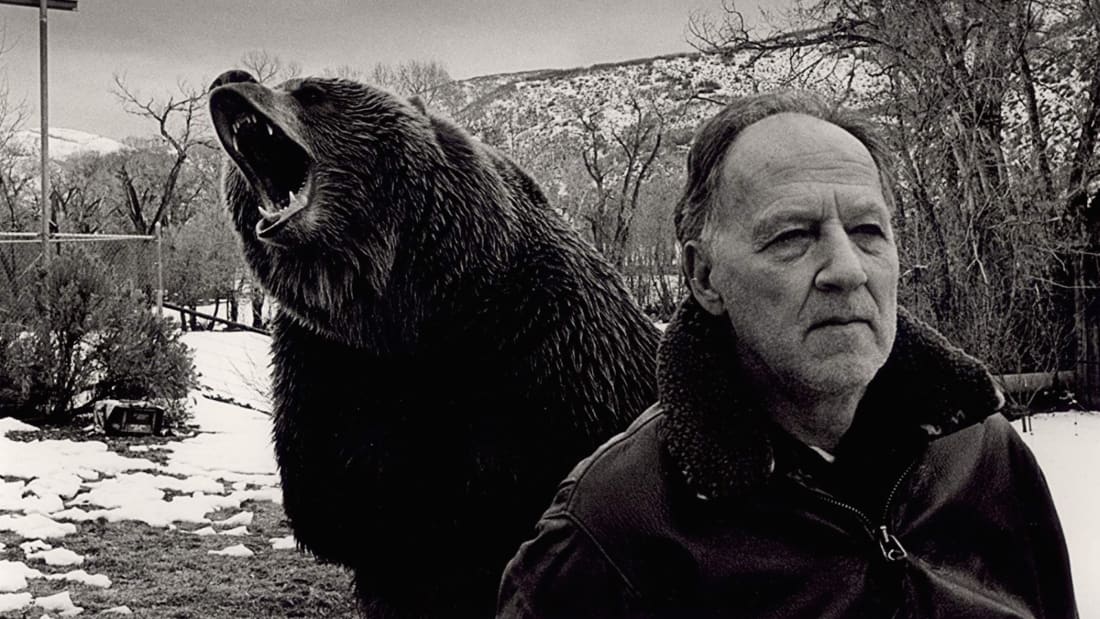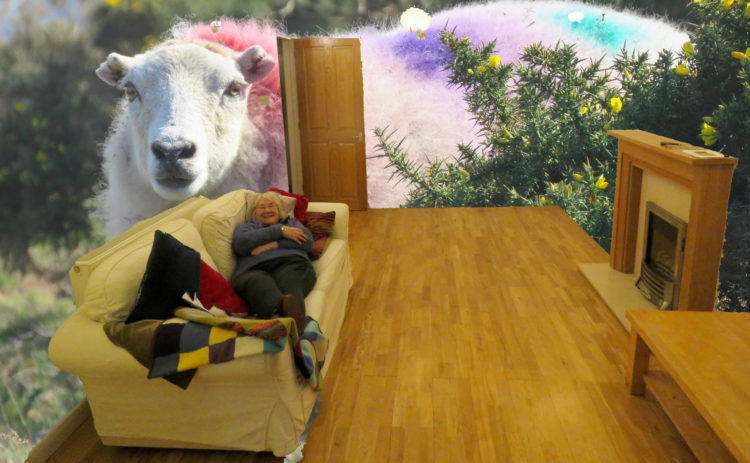Grizzly Man
Sita and I stayed in last night saying ‘thanks, but no thanks’ to a party invite and chilled with a bit of Scrabble (one all), the last of the 2 buck chuck and a DVD Sita picked up called Grizzly Man. I’d wanted to see it for a while and it was worth the wait. Thoroughly recommended. I’ve done a complete review (it’s been a while) which you can click here to read. Ah, what the hell I’ll include it in the ‘extended entry’ text you can read when you click the comments button too.
Work tomorrow, so for this avo I’ll be messing around with Flash MX trying to use the stuff Ed taught me last week and maybe a foray to some mercadito or other. I was chuffed to see a comment from me Grandma in the blog. I wonder what she made of the interweb experience. There’s a fantasticly lovely story about her first visit to a Scottish-themed restaurant she was recommended by a friend, called McDonald’s or something similar, in Taunton town centre. Don’t forget to ask her about it when you see her. They serve these tasty sandwich things. And you can get soft drinks with it! I’ll be sure to check it out next time I’m back in the old country.
Grizzly Man (2005)
Love will tear us apart
Timothy Treadwell loved grizzly bears; he lived among them for twelve odd years, filmed them, tried to protect them and ultimately was savagely killed by them along with his girlfriend in Alaska. This film, directed and narrated by acclaimed German film maker Werner Herzog, tries to understand his motives and offers differing views on Timothy’s quixotic approach to wilderness conservation.
Let’s start with the cinematography. Using a hand-held digicam Treadwell’s footage is undeniably impressive. You can tell the zoom button is rarely used as he captures shots of fully-grown bears checking out his camp and shooting him hungry stares as he waxes lyrical about his favourite topic. He explains how he cannot be seen to be weak and refuses to give ground to the alpha males or tries to stroke the bear cubs with the mother just yards away. Ozzie Crocodile Hunter, Steve Irwin, has nothing on this bloke. If a fight ever ensued, you know that Timothy would come off a very poor second and since the manner of his death is revealed early on in the film you always feel that violent dismemberment is a distinct possibility. The 100 plus hours of film that was edited into this film captures the full majesty of the expansive landscape and also the personal drama and relationship with nature incredibly.
In contrast with March of the Penguins, for example, Grizzly Man’s focus is not on the animals themselves, but on one man’s obsession. Park Rangers and ecologists discuss whether this hands-on approach is really beneficial to the animals. Treadwell makes clear his pacifism and that he would never harm a bear, while the rangers explain that to maintain their numbers a 6% cull is necessary each year and that having the bears get used to a human presence is probably not in their best interests. With each passing year Treadwell associates more with the bears than civilization, highlighted well when he films fellow bear watchers with the kind of paranoia that comes from sitting in a tent with just your teddy for company for weeks. Treadwell is clearly a driven man, and Herzog suggests that this drive comes from wanting to belong to something simpler, nobler and fairer than his life in Los Angeles or Florida would allow. I love that Herzog points out that nature is far from this Utopian ideal. Nature is brutal, dangerous and based on a hierarchical food chain and that’s something Morgan Freeman never mentioned about his penguins (“This is a story about love…”). Treadwell turns a semiblind eye to evidence that mature bears have obviously devoured one of their offspring, mentioning all kinds of mitigating circumstances like they would have died of starvation if they hadn’t eaten him…
The score by Richard Thomson is fantastic. On the DVD there is a 45 minute mini documentary about its making which could easily be watched in isolation from the film. Thomson is perfect for creating the rough-edged, plaintive soul of the film, nature with a hint of menace, beauty tempered with imminent brutality. Seeing how he crafts the guitar sounds, with cello and acoustic bass, around the progression of a scene is a lesson in professional sound tracking. Herzog is also instrumental in the direction of the sound track. My favourite moment comes when he berates the percussionist for sounding too much like a ‘bongo playing hippy in Golden Gate Park’. While Treadwell has undeniable hippy tendencies, Herzog eschews direct musical clichés and encourages the band to explore the space and atmosphere of Alaska without sounding like ‘music for truckers’. Again, compare this to the saccharine Penguins soundtrack which had more in common with Bambi than the unforgiving Antarctic wasteland where it was filmed.
This is a fascinating film which succeeds on many levels. It is perfectly paced featuring candid interviews with friends and colleagues, interspersed with the choicest footage of the bears and, more importantly, the man. Had Treadwell lived to edit his own documentary together it would have been very different, no matter what Herzog implies in his commentary. His film would have been geared towards painting the bears in the best light possible and excluded much of the inherent violence. And the scene where he rants for 5 minutes using very Californian expletives about the attitudes of the park rangers would probably have been left on the virtual cutting room floor. This film is an engaging and fitting tribute to a man whose passionate obsession with bears led to tragedy, yet whose story and filming can inspire similar passion about the wilderness.




 Sita is back and she’s brought more than a few freebies. We’re probably going to be okay for tequila for a couple of months… the photos are being uploaded as I write, they will eventually
Sita is back and she’s brought more than a few freebies. We’re probably going to be okay for tequila for a couple of months… the photos are being uploaded as I write, they will eventually 

One Comment
Comments are closed.